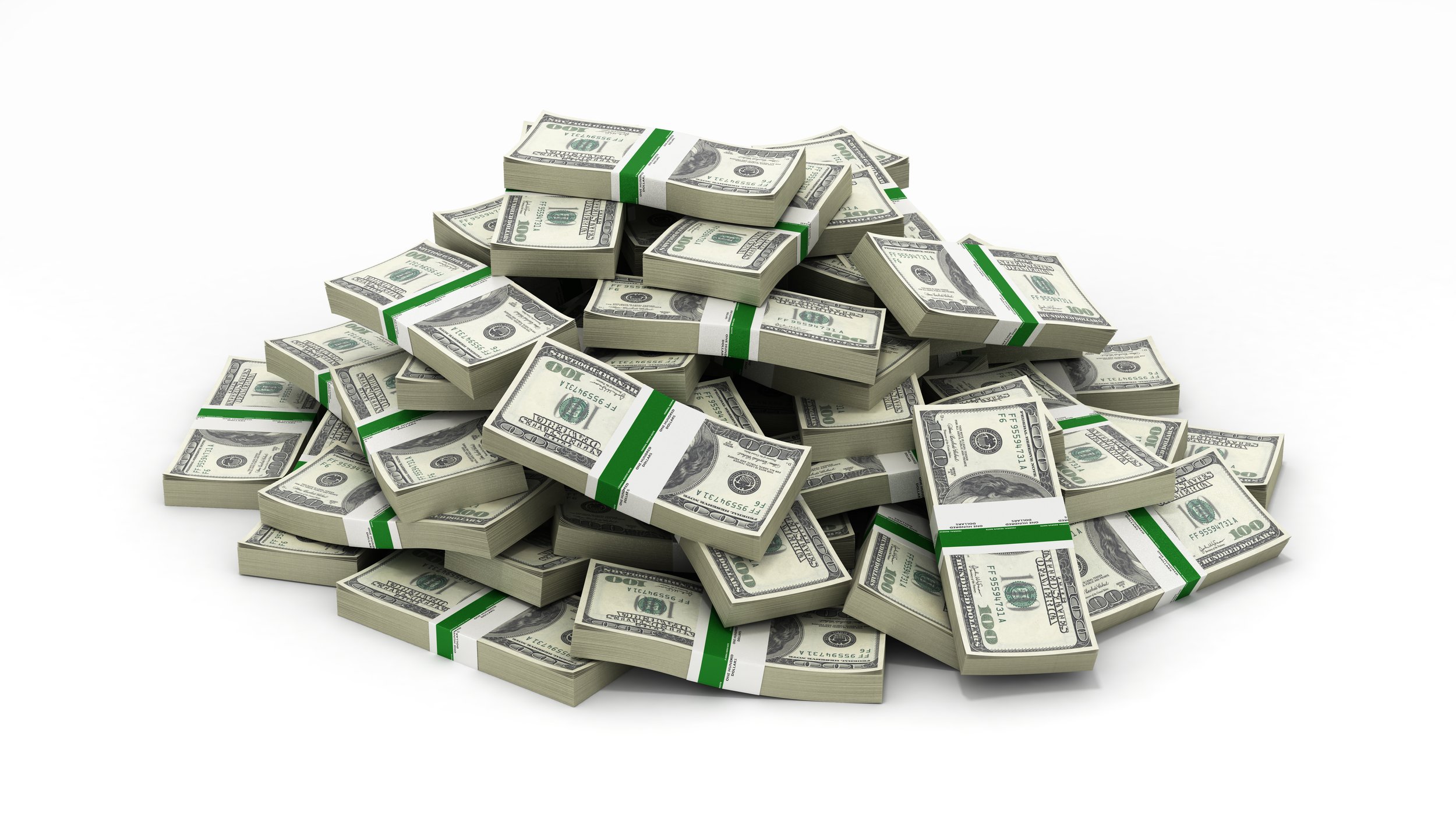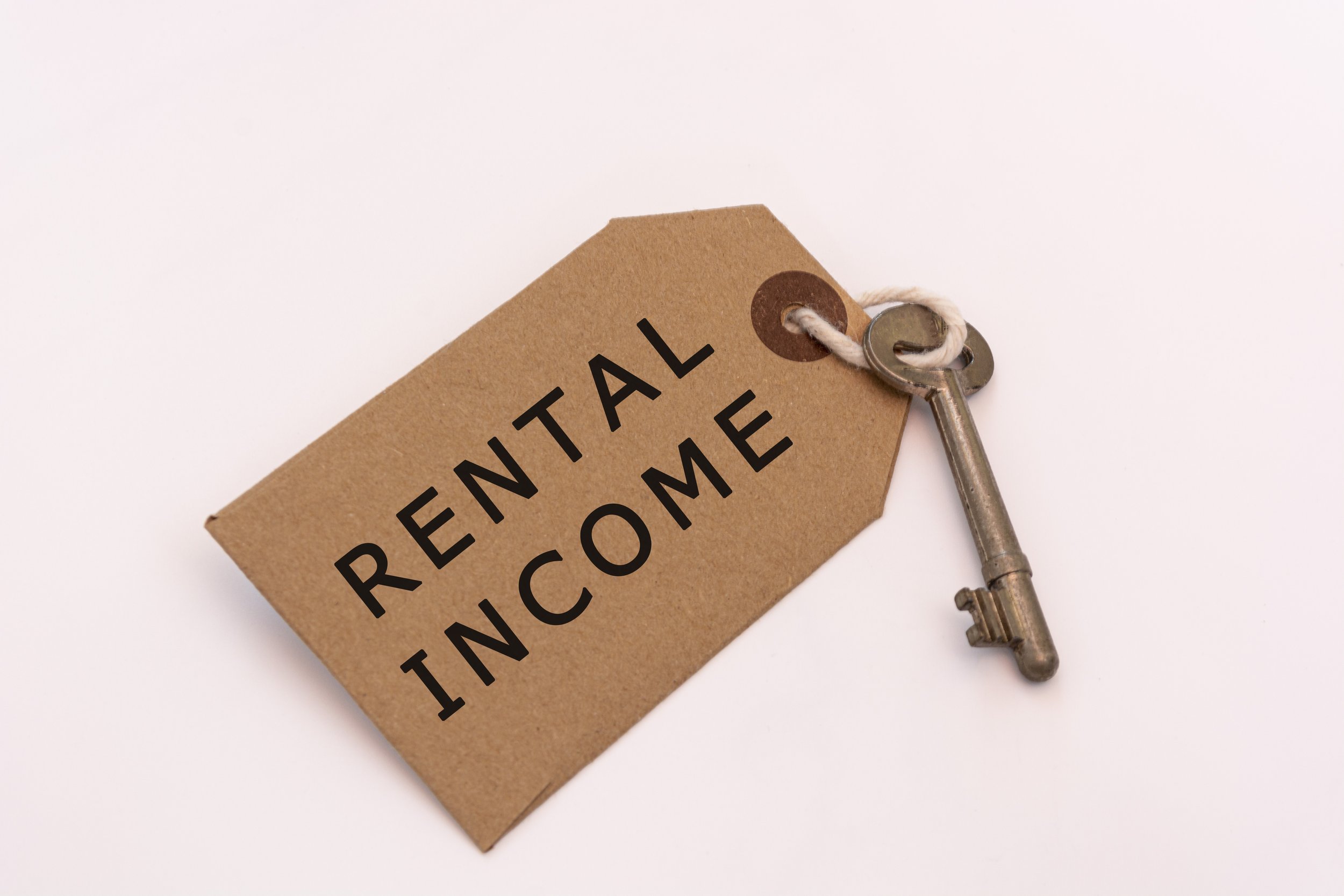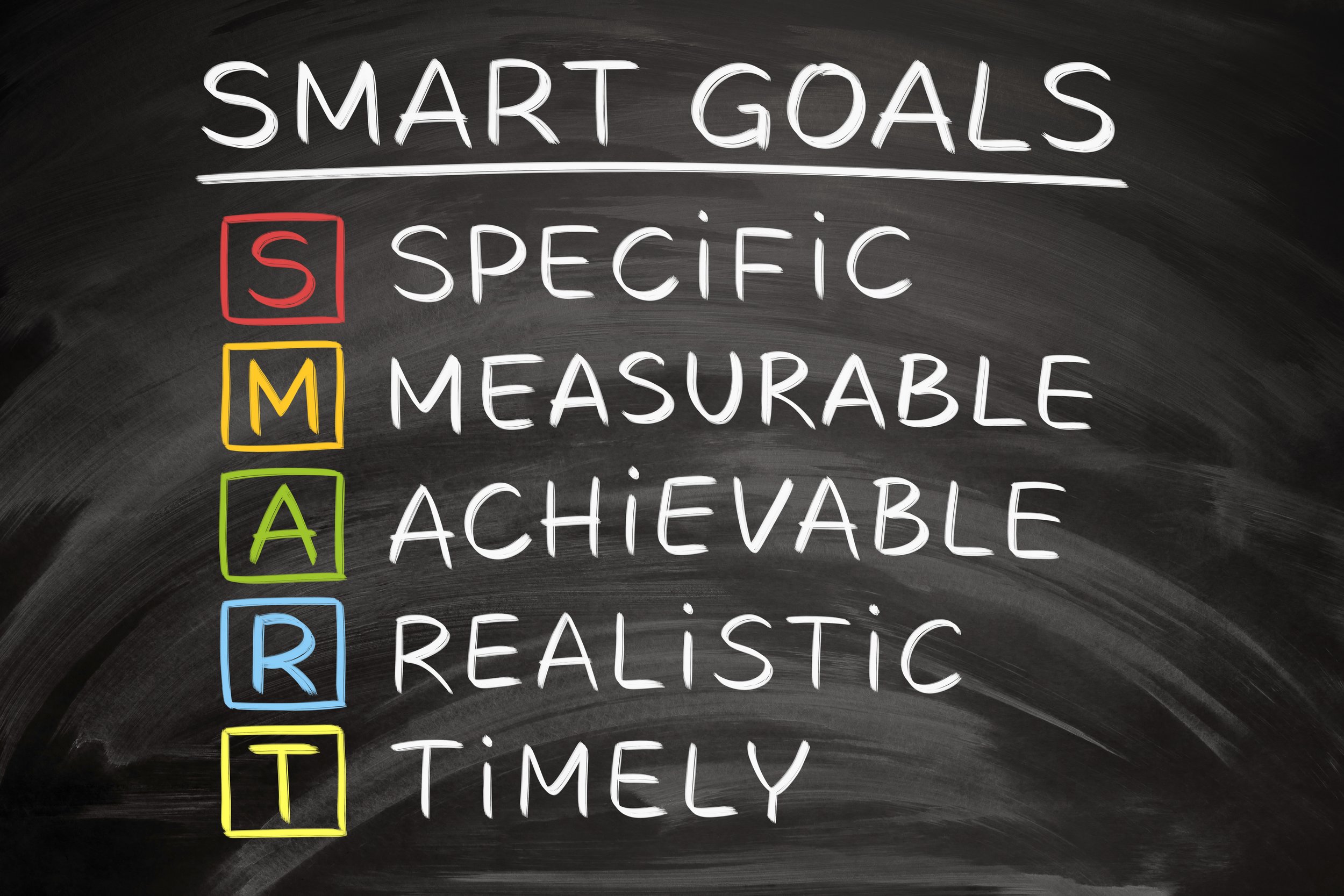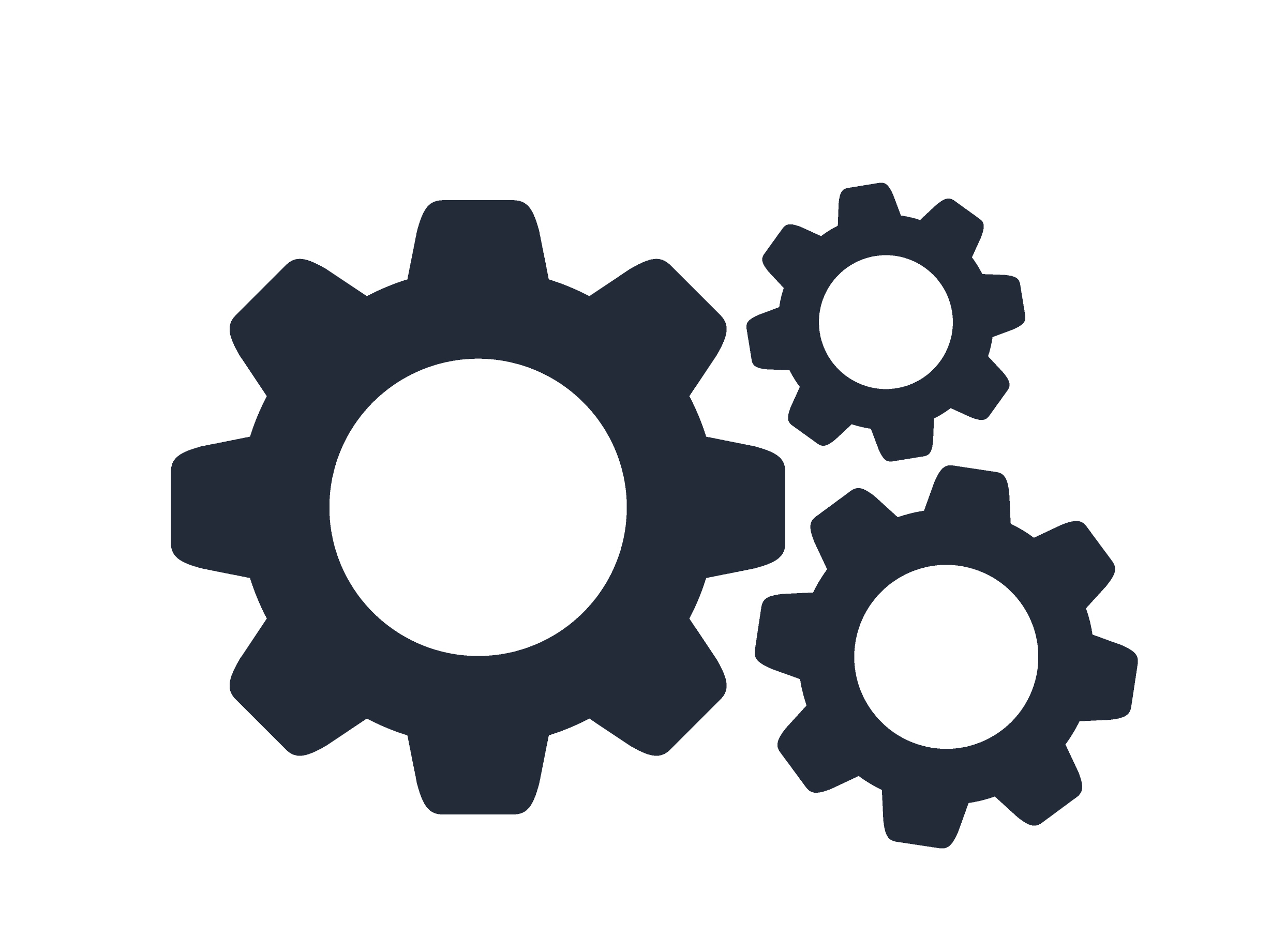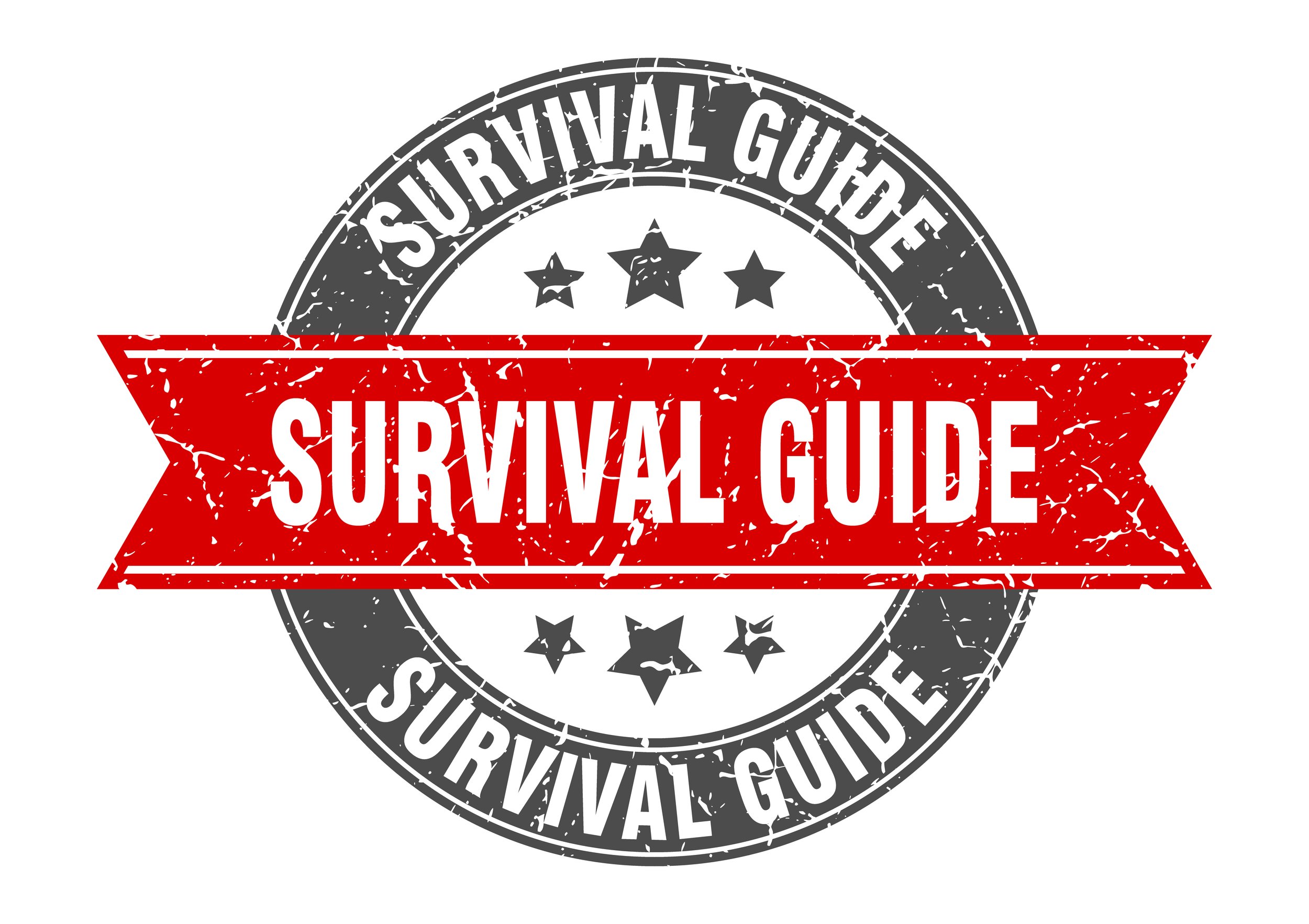The Stagflation Monster Is Rearing Its Ugly Head: How Do You Fight Back?
The Stagflation Monster is coming
Table Of Contents (Jump Links)
What’s Happening
As the stock market rages higher setting new all-time highs and inflation measures such as January’s CPI numbers coming in hot market economist are starting to raise the alarm about the return of stagflation.
JP Morgan’s Chief Market Strangest Marko Kolanovic recently said in a letter to clients “That the economy may turn away from a "Goldilocks" scenario – in which it is not expanding or contracting by too much – and enter a period of stagflation similar to that experienced in the 1970s.”
And he’s not alone in raising the alarm. Many economist are coming into agreement that the price of the magical “soft landing” that everyone has been hoping for is going to be stagflation.
What Is Stagflation?
Now you’ve probably heard the term “stagflation” thrown around a lot lately and references to the last period we had real stagflation in the 1970-1980’s. But what is it?
Oxfords Dictionary defines Stagflation as:
“Persistent high inflation combined with high unemployment and stagnant demand in a country's economy.”
So it’s sort of what it sounds like, inflation keeps on running hot as the economy starts slowing down or “stagnates”.
This isn’t all that surprising because as the FED raises interest rates in an effort to tame inflation it puts direct pressure on peoples buying power when using credit and slows down companies willingness to take on new costs such has thru hiring or purchasing supplies.
This is a bad situation as things will continue to cost more, but more people will struggle to earn more which significantly reduces their buying power making the sting of higher prices even more painful.
What Happened The Last Time Stagflation Occurred?
The last time stagflation was in the US economy in a major way was back in the 1970’s and 1980s when the economy was plagued with a prolonged period of stagflation. Unemployment stayed over 6% in this period (1974-1987) and peaked at 16.5% in 1980.
If that’s not bad enough while people were struggling to find work to earn a paycheck inflation was raging peaking at 14.6% in 1980, meaning what little money they had didn’t go as far. A real pinch!
This is essentially a Central Bankers worst nightmare because it’s essentially two sides of the same coin.
To try and fix unemployment you try to stimulate the economy thru rate cuts and quantitative easing (QE) but this will exasperate inflation.
To hit inflation you raise rates and implement restrictive monetary policy, which means unemployment will rise.
CNN did a great piece on the history of what happened in the Stagflation of 1970-1980’s if you want to learn more you should give it a read!
While nobody is suggesting that we are looking at a situation quite this bad it is important to recognize the role of world events in this time period to exasperate this situation from the Arab oil embargos to the war in Israel. (yes they were waring back then too).
That makes this risk of stagflation particularly concerning as stagflation is hard to manage and is sensitive to world events. Which we seem to have plenty of pecarous situations around the world at the moment as it is.
What Does This Mean For Investors?
First we need to define where we are in a possible stagflation cycle, unemployment is still at a relatively historic low at 3.7% for January of 2024. But layoffs have been increasing and the general concern is we may be reaching a tipping point as companies who needed labor quickly hire quality talent but if layoffs continue we could see some growing unemployment.
Inflation itself is showing signs of being sticky with CPI in January coming in over expectations, and the housing market heating up before the main spring selling season. We are also seeing elevated oil prices and other commodities in response to increasing global tensions.
Moving forward equities may be challenged in a stagflation environment as inventory costs raise and a slowing economy tampers demand for goods and services. This is an especially high risk to growth stocks as businesses and the public look for ways to save money and blunt the edge of inflation on their budgets.
Other investments such as bonds and other fixed return assets may lose their appeal due to inflation undercutting their rate of returns. It’s a tricky spot to be in.
How Can You Protect Your Investments
While I can’t offer investment without knowing your situation, This is what I’m planning to do.
You don’t need to run out and buy gold and rare art to try and hedge against inflation, especially if the FED is able to keep where it currently is under 4%. But you should take a look at your portfolio allocations, are you still well balanced after this massive run in growth stocks?
It might be time to take some profits and diversify aways from growth companies whose earnings may come under pressure during a period of stagflation.
You may also want to take a closer look at your emergency fund strategy. As stagflation can have nasty effects on the employment markets, it’s too early to tell how bad unemployment may get as it’s still relatively low but with markets hitting all time highs it’s a good time to restock your emergency fund, this is what I’ve done recently. if you were to lose your job being well funded may be very important in a period of raising prices.
If you are heavy in cash you may wan to not put off planned purchase as prices may raise in the future, but I wouldn’t get carried away and horde things you don’t plan to buy, as supply chains return to more normal operations after the pandemic hopefully inflation doesn’t get too severe this time around. But it’s certainly something to keep a close eye on.
Hard assets are also a good place ot be during a stagflation or inflationary environment. I’m not the type to horde piles of gold but if you were thinking of bying a home, car, or other asset that may increase in price in the near future now may be a good time to make those purchases to hedge against future price increases.
Conclusion
To wrap this all-up stagflation is a very real concern but there are no indications (so far) that it’s going to be as bad as what the US saw in the 1970’s and 1980’s, unemployment is still relatively low, and inflation, while still elevated is relatively under control at a modest sup 4%.
All this being said with markets hitting all-time highs its probably a good time to take some profits from over heating growth stocks and rebalance your portfolio to align with your long term investing plan.
Having a well funded emergency fund is always a smart move especially as we move into a period that may have elevated stress in the employment market.
Overall I think it’s still a little early to tell how bad this may get and it’s certainly worth keeping a very close eye on the monthly CPI (Consumer Price Index) numbers as well as the unemployment rate as things normalize to the likely higher for longer rate environment as the FED takes an aggressive stance to quatch inflation before weakness starts to take root in thejobs market.
What do you think are we headed into a period of stagflation or will inflation continue to the FED’s 2% target, while the job market remains strong? What are you doing to protect against stagflation?
Let us know in the comments below!










